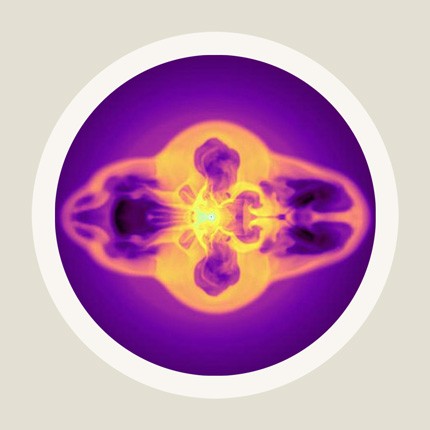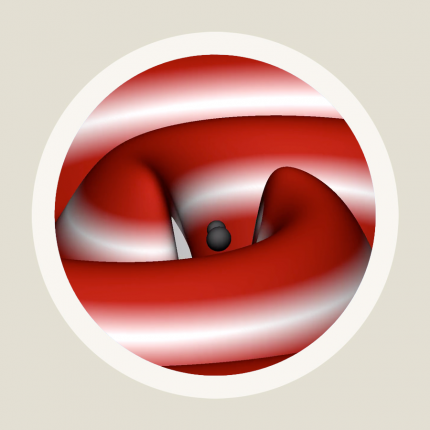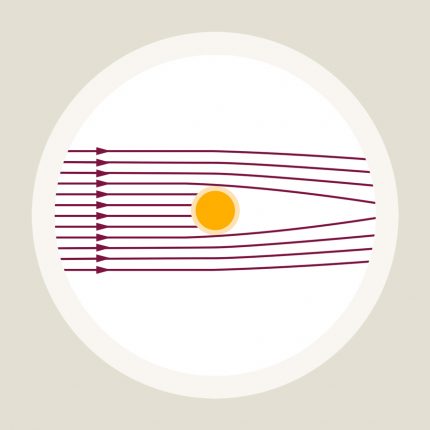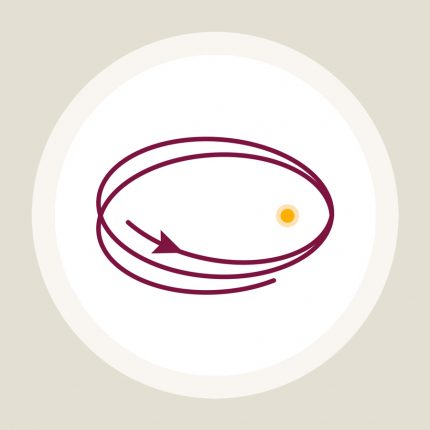Special relativity / Elementary Tour: Conclusion
As this brief tour of special relativity has shown, we have to re-think our notions of space and time in Einstein's world. Moving clocks tick at a slower rate, light speed is the same for all (inertial) observers, and lengths and distances depend on who ...
Gravitational waves / Elementary tour part 3: Gravitational wave astronomy
Every single atom can radiate and absorb electromagnetic waves. The light reaching us from astronomical sources is a hodgepodge of little snippets of radiation, each snippet produced by one of the object's myriads of atoms. That's good news and bad news. ...
Gravitational waves / Elementary tour part 2: Making waves
In our universe, gravitational waves are produced in many different ways. Almost every occasion in which masses are accelerated leads to the generation of travelling space distortions, be it two heavenly bodies orbiting one another or stellar matter ...
General relativity / Elementary Tour part 4: The light side of gravity
For the propagation of light, Einstein's theory makes a clear prediction: Light is deflected by gravity. Just as test particles move on the straightest-possible lines in curved spacetime (i.e. on spacetime geodesics), so does light. The most basic example: ...
General relativity / Elementary Tour part 3: A planet goes astray
The first test of general relativity concerned a situation in which Newton's and Einstein's theories give almost the same result - with a small but crucial difference. The scene: our cosmic backyard, the solar system. The protagonist: Mercury, the planet ...








